



Table of Contents
- Introduction
- 1. Recessed Downlights
- 2. Surface-Mounted Lights
- 3. Track Lighting
- 4. Pendant Lights
- 5. Wall Sconces
- 6. LED Strip Lights
- 7. Smart Lighting Solutions
- 8. Floor Lamps
- 9. Flood Lights
- 10. Under-Cabinet Lighting
- Choosing the Right Lighting Solution
- Conclusion
- Faq's
Introduction
In recent years, panel lights have gained popularity in both residential and commercial settings due to their sleek design, energy efficiency, and ability to provide uniform lighting. However, numerous alternatives can enhance the aesthetics and functionality of a space while offering unique benefits. This article will delve into ten alternatives to panel lights, exploring their features, advantages, ideal applications, and tips for effective use.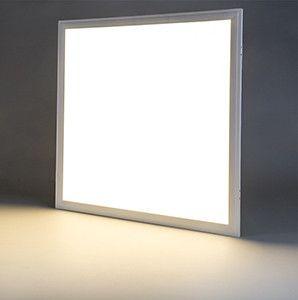 Panel Light
Panel Light
1. Recessed Downlights
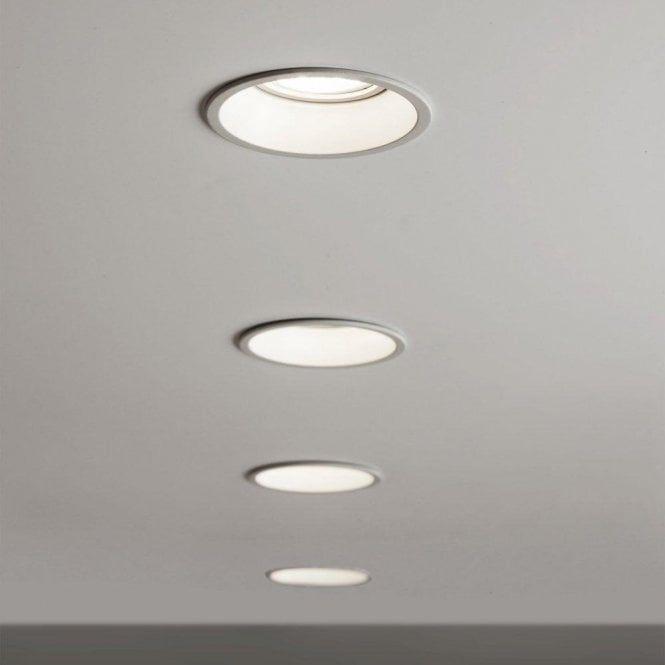 Recessed Downlights, Pinterest
Recessed Downlights, Pinterest
Recessed downlights, also known as can lights or pot lights, are fixtures installed into the ceiling, providing a clean and unobtrusive look. They direct light downward, making them ideal for task lighting and general illumination.
Advantages
Focused Lighting: Recessed downlights are excellent for highlighting specific areas, such as artwork, architectural features, or workspaces. They can create a spotlight effect that draws attention to particular elements in a room.
Energy Efficiency: Many recessed lights use LED technology, which consumes significantly less energy than traditional incandescent bulbs while providing similar brightness levels. This can lead to substantial savings on energy bills over time.
Design Flexibility: Available in various styles, sizes, and color temperatures, recessed downlights can be customized to fit any decor. They can also be dimmed to create different moods, making them versatile for various applications.
Ideal Use
Recessed downlights are best suited for modern interiors where a minimalist aesthetic is desired. They work well in living rooms, kitchens, and galleries, offering a seamless integration into the ceiling design.
Installation Tips
Spacing: When installing recessed lights, consider the spacing between fixtures. A general rule of thumb is to space them about 4 to 6 feet apart for optimal coverage.
Placement: Position lights to avoid shadows and ensure they illuminate key areas effectively, like countertops in a kitchen or seating areas in a living room.
2. Surface-Mounted Lights
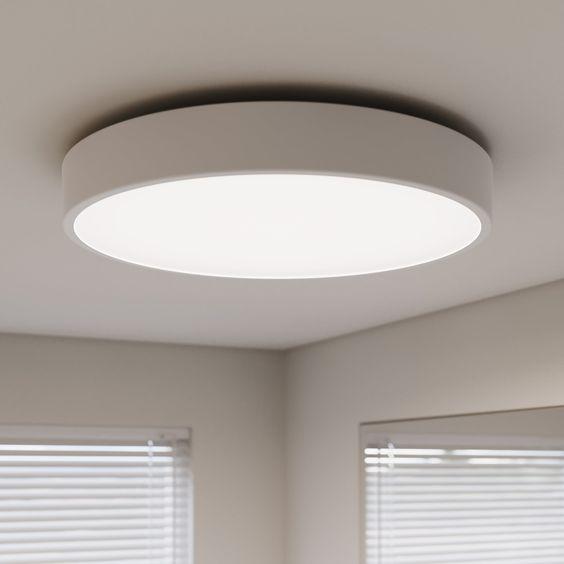 Surface Mounted Lights, Pinterest
Surface Mounted Lights, Pinterest
Surface-mounted lights are fixtures that are mounted directly onto the ceiling or wall, providing a versatile solution for various spaces. They come in various shapes, sizes, and styles, making them suitable for different applications.
Advantages
Easy Installation: Surface-mounted lights are relatively easy to install, requiring no ceiling modifications. This makes them a practical choice for both new constructions and renovations.
Variety of Designs: With numerous designs available, surface-mounted lights can complement any decor style, from contemporary to traditional. They can also be found in various finishes, such as brushed nickel, matte black, or white.
Good for Low Ceilings: For spaces with low ceilings, surface-mounted lights are an excellent option since they do not require recessed installation, which can reduce headroom.
Ideal Use
Surface-mounted lights are suitable for homes and offices where ceiling space is limited. They work well in hallways, bathrooms, and utility rooms, providing functional illumination without taking up valuable space.
Installation Tips
Height: When installing surface-mounted lights, consider the height of the ceiling to ensure adequate illumination without being too harsh or overwhelming.
Spacing: Similar to recessed lights, ensure proper spacing between fixtures to achieve uniform lighting across the room.
3. Track Lighting
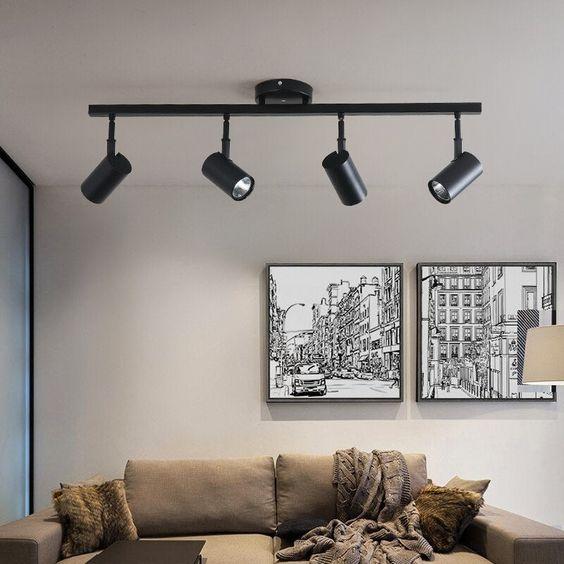 Track Lighting, Pinterest
Track Lighting, Pinterest
Track lighting consists of a series of lights mounted on a track, allowing for adjustable positioning. This system can be straight or curved, providing flexibility in how light is distributed in a space.
Advantages
Versatility: Track lighting allows users to move lights along the track to direct illumination where needed. This makes it an excellent option for spaces that require adaptable lighting solutions.
Stylish Design: Available in various styles, track lighting can enhance the decor of a room while providing functional light. Options range from sleek and modern to more traditional designs.
Multiple Light Sources: Track lighting can accommodate multiple fixtures, providing extensive coverage and the ability to highlight different areas simultaneously.
Ideal Use
Track lighting is great for kitchens, galleries, and retail spaces where flexibility in lighting is essential. It can also be used in living rooms to create a dynamic lighting scheme that can be adjusted based on activities or moods.
Installation Tips
Configuration: Consider the layout of the room when installing track lighting. Straight tracks work well in long spaces, while curved tracks can add visual interest in more compact areas.
Bulb Selection: Choose the right type of bulbs for your track lighting system, considering brightness, color temperature, and energy efficiency.
Also Read: Electrical Earthing: Definition, Types, Components, and Importance
4. Pendant Lights
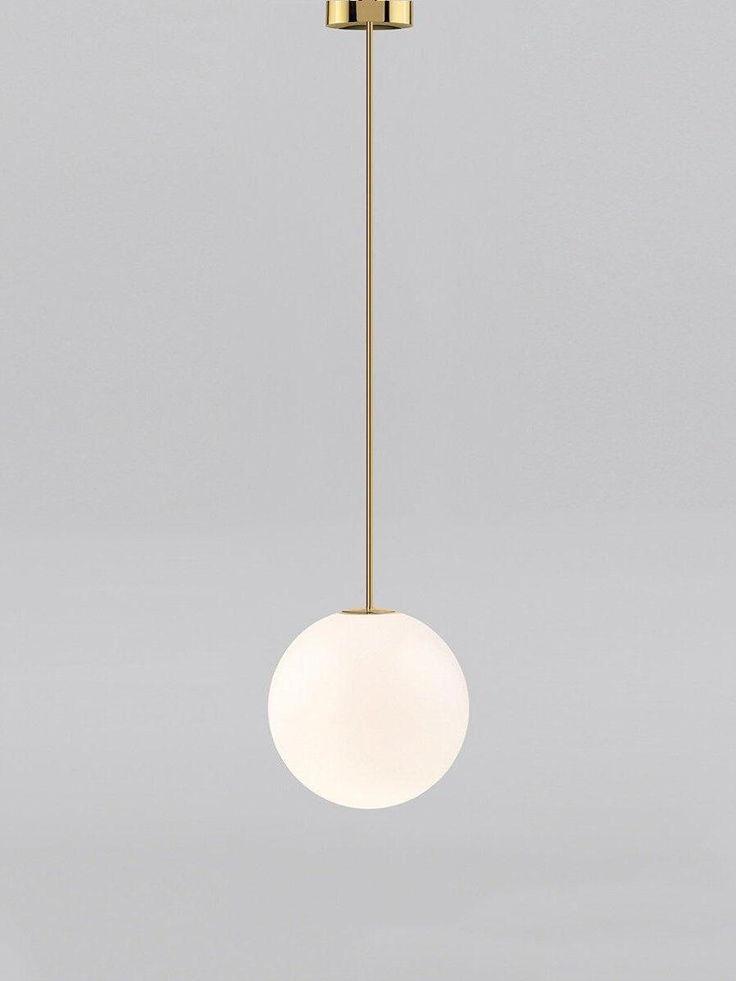 Pendant Light, Pinterest
Pendant Light, Pinterest
Pendant lights are fixtures that hang from the ceiling and come in various styles, from modern to traditional. They can serve as focal points in a room or provide task lighting over specific areas.
Advantages
Aesthetic Appeal: Pendant lights can serve as decorative elements while providing focused light. Their design can enhance the overall decor of a space, making them a popular choice for dining areas and kitchens.
Variety of Styles: Available in numerous designs, materials, and colors, pendant lights can be customized to match any decor. From industrial metal to elegant glass, there's a pendant light for every style.
Adjustable Height: Pendant lights can be hung at various heights, allowing for creative arrangements that create visual interest and cater to specific lighting needs.
Ideal Use
Pendant lights are perfect for dining areas, kitchen islands, and entryways where style is as important as functionality. They can also be used in commercial settings, such as restaurants and cafes, to enhance ambiance.
Installation Tips
Height Consideration: When installing pendant lights over dining tables or kitchen islands, consider the height of the fixture to ensure it provides adequate light without obstructing views.
Grouping: For larger spaces, consider grouping multiple pendant lights to create a cohesive look and improve overall illumination.
5. Wall Sconces
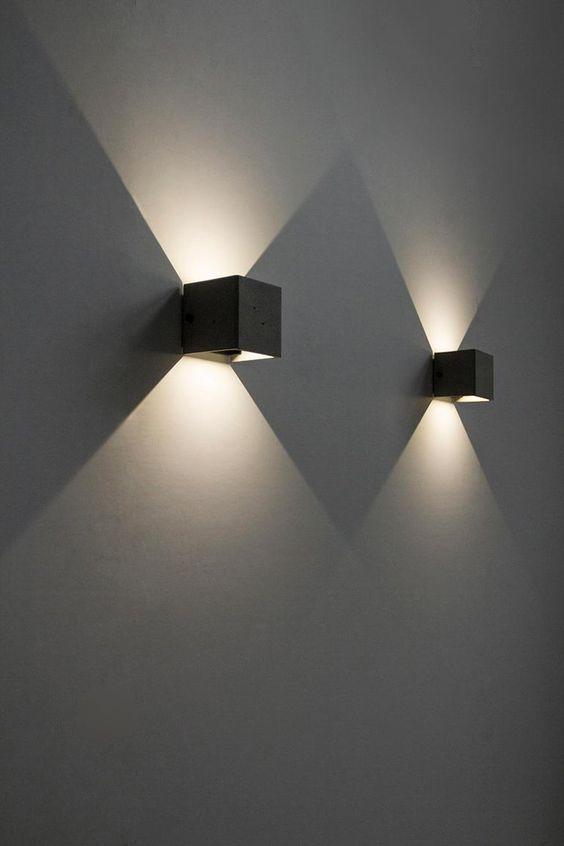 Wall Sconces, Pinterest
Wall Sconces, Pinterest
Wall sconces are fixtures attached to walls, providing ambient or task lighting. They can be used to enhance the decor of a room while offering functional illumination.
Advantages
Space-Saving: Wall sconces are ideal for smaller rooms where ceiling space is limited. They can provide light without taking up valuable floor or ceiling space.
Decorative Options: Available in various designs, wall sconces can add character to any room. They can be used as accent lighting to highlight artwork or architectural features.
Layered Lighting: Wall sconces can complement other light sources, enhancing overall illumination and creating a warm, inviting atmosphere.
Ideal Use
Wall sconces are suitable for hallways, bedrooms, and living rooms where soft lighting is desired. They can also be used in bathrooms to provide ambient light around mirrors.
Installation Tips
Height Placement: When installing wall sconces, consider the height at which they will be mounted. Typically, sconces should be placed at eye level for optimal effect.
Spacing: Ensure proper spacing between sconces to achieve a balanced look, especially in hallways or larger rooms.
6. LED Strip Lights
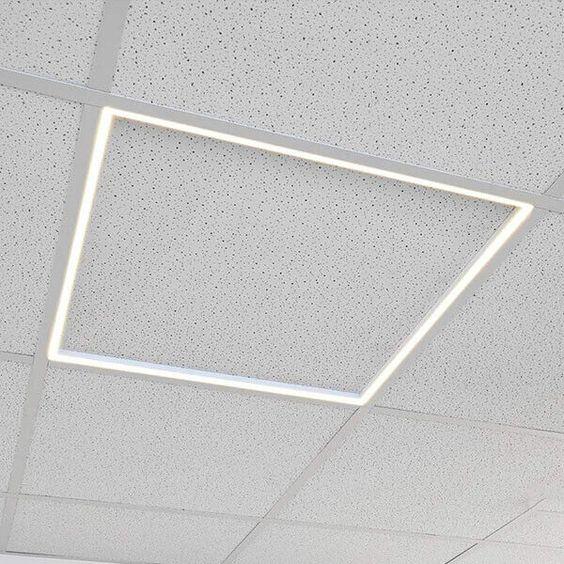 LED Strip Lights
LED Strip Lights
LED strip lights are flexible strips of LED lights that can be installed in various locations, providing indirect lighting. They are often used for accent lighting, under-cabinet lighting, and architectural features.
Advantages
Customisable Length: LED strips can be cut to fit any space, making them incredibly versatile. This allows for creative applications in both residential and commercial settings.
Low Profile: LED strips are ideal for accent lighting without taking up much space. They can be installed in tight areas, such as under cabinets, shelves, or along staircases.
Energy Efficient: LED technology consumes minimal power while providing bright illumination, making them an eco-friendly choice for lighting.
Ideal Use
LED strip lights are great for under cabinets, shelves, and architectural features to create ambiance. They can also be used in entertainment areas to enhance the overall experience.
Installation Tips
Surface Preparation: Ensure the surface where the LED strip will be applied is clean and dry for optimal adhesion.
Power Source: Plan the installation to ensure easy access to a power source, as LED strips typically require a transformer or driver.
Also Read: Hanging Light Ideas for Your Bedroom
7. Smart Lighting Solutions
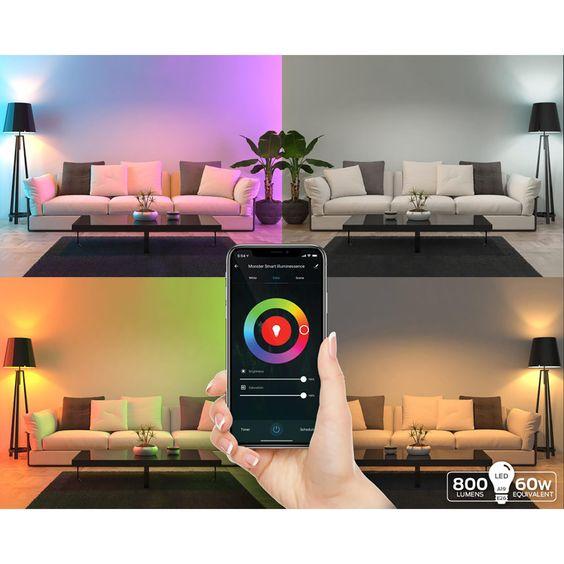 Smart Lighting Solutions, Pinterest
Smart Lighting Solutions, Pinterest
Smart lighting solutions encompass a range of products that can be controlled via apps, voice commands, or smart home systems. These lights offer advanced features that enhance convenience and customisation.
Advantages
Customization: Smart lights allow users to adjust brightness, color, and schedules to suit their needs. This flexibility enables users to create different moods and atmospheres in their spaces.
Energy Management: Smart lighting can help reduce energy consumption by allowing users to control lights remotely. Users can turn off lights when not in use or set schedules to ensure lights are only on when needed.
Integration: Many smart lighting products are compatible with home automation systems, allowing for seamless integration with other smart devices for enhanced convenience.
Ideal Use
Smart lighting solutions are suitable for tech-savvy homes and offices looking for flexibility and control over their lighting. They can also be beneficial in commercial settings where energy efficiency and customization are priorities.
Installation Tips
Compatibility: When choosing smart lighting, ensure compatibility with your existing smart home system or app for seamless integration.
Network Connection: Ensure a stable Wi-Fi connection for optimal performance of smart lighting products.
8. Floor Lamps
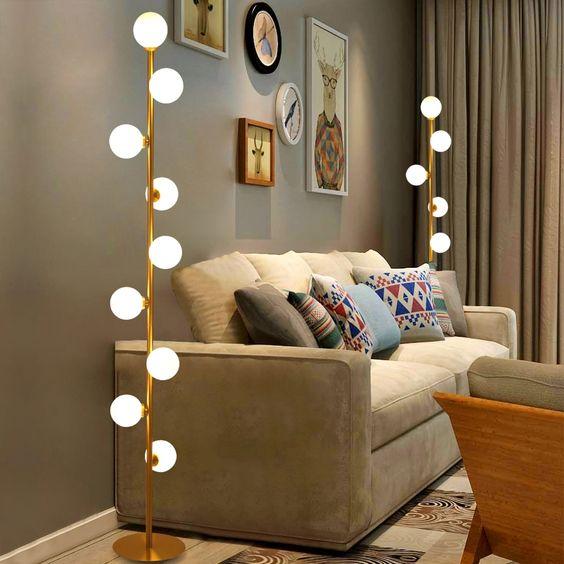 Floor Lamps, Pinterest
Floor Lamps, Pinterest
Floor lamps are free-standing lamps that provide ambient or task lighting. They come in various styles and designs, making them a versatile addition to any room.
Advantages
Mobility: Floor lamps can be easily moved to different locations as needed, providing flexibility in lighting arrangements. This is particularly useful for changing room layouts or functions.
Decorative Element: Available in various styles, floor lamps can add to the room's decor. They can serve as statement pieces or subtle accents, depending on the design.
No Installation Required: Floor lamps are simple to set up, requiring only a power outlet. This makes them a practical choice for renters or those who prefer not to undertake extensive lighting installations.
Ideal Use
Floor lamps are perfect for living rooms, bedrooms, and reading nooks where additional light is needed. They can also be used in offices to provide task lighting for workspaces.
Installation Tips
Placement: Position floor lamps in areas where they can provide adequate light without obstructing pathways or furniture arrangements.
Shade Selection: Choose lampshades that diffuse light effectively, creating a warm and inviting atmosphere.
9. Flood Lights
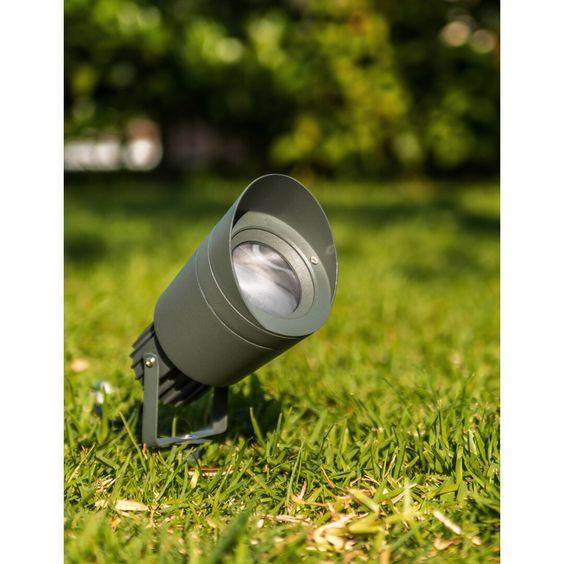 Flood Lights, Pinterest
Flood Lights, Pinterest
Flood lights are high-intensity lights designed to illuminate large areas. They are commonly used outdoors for security, landscaping, or general illumination.
Advantages
Wide Coverage: Flood lights are excellent for illuminating outdoor spaces or large indoor areas. They can provide bright light over a wide area, making them ideal for security and safety.
Durability: Many flood lights are weather-resistant, making them suitable for outdoor use. They can withstand various environmental conditions, ensuring long-lasting performance.
Variety of Styles: Flood lights are available in different designs and wattages, allowing users to choose the right option for their specific needs.
Ideal Use
Flood lights are best for outdoor areas, parking lots, and large commercial spaces requiring significant illumination. They can also be used in sports facilities or event venues to provide safety and visibility.
Installation Tips
Mounting Height: When installing flood lights, consider the mounting height to ensure optimal coverage and minimize glare.
Angle Adjustment: Adjust the angle of the flood light to direct illumination where it is needed most, such as pathways, entrances, or outdoor seating areas.
Also Read: 10 Solar Light Ideas For Your Outdoor Space 2024
10. Under-Cabinet Lighting
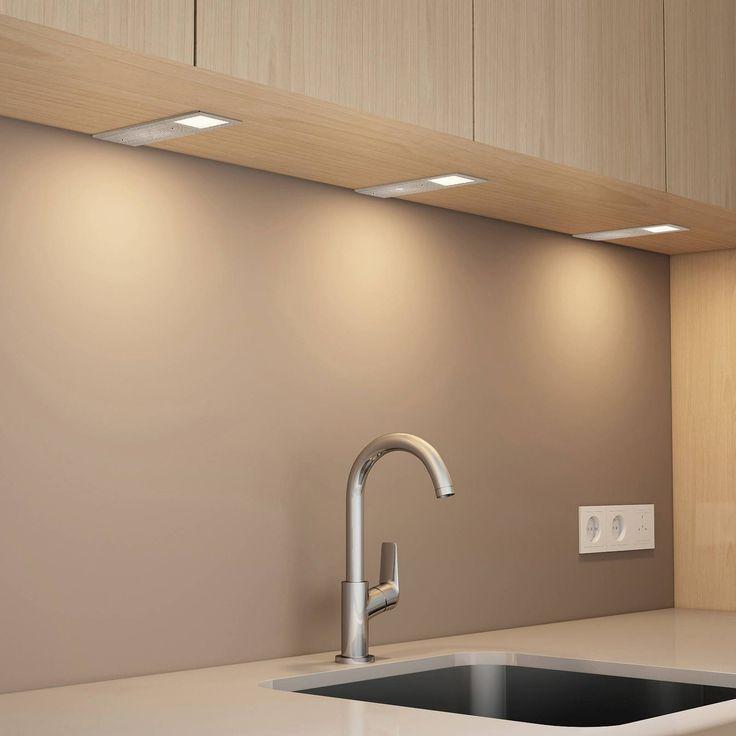 Under-Cabinet Lighting, Pinterest
Under-Cabinet Lighting, Pinterest
Under-cabinet lighting refers to lights installed under cabinets, typically in kitchens, to illuminate work surfaces. These lights provide focused task lighting for cooking and other activities.
Advantages
Task Lighting: Under-cabinet lighting provides focused light for cooking or working in kitchens, enhancing visibility and safety. This can be particularly beneficial during food preparation.
Space-Saving: Under-cabinet lights do not take up additional space, keeping countertops clear and organized. They can be installed discreetly to maintain a clean look.
Variety of Options: Under-cabinet lighting is available in LED, fluorescent, and halogen options, allowing users to choose the best fit for their needs and preferences.
Ideal Use
Under-cabinet lighting is essential for kitchens, workshops, and any area where task lighting is needed. It can also be used in display cases or shelving to highlight items.
Installation Tips
Power Source: Ensure easy access to a power source for installation, as under-cabinet lights may require a transformer or driver.
Placement: Position lights close to the front edge of the cabinet to maximise illumination on the countertop below.
Also Read: Top 10 Kitchen Lighting Trends for 2024
Choosing the Right Lighting Solution
When selecting the best lighting option for your space, consider the following factors:
Purpose: Determine the primary function of the lighting. Are you looking for ambient, task, or accent lighting? This will help narrow down your options.
Aesthetics: Consider the overall decor and style of the space. Choose lighting fixtures that complement the existing design elements.
Energy Efficiency: Opt for energy-efficient lighting solutions, such as LED options, to reduce energy consumption and lower utility bills.
Flexibility: If your lighting needs may change over time, consider versatile options like track lighting or smart lighting solutions that can be adjusted as needed.
Budget: Set a budget for your lighting project, keeping in mind that some options may require more upfront investment but offer long-term savings.
By carefully evaluating these factors and exploring the various alternatives to panel lights, you can create a well-lit, functional, and aesthetically pleasing environment that meets your specific needs. Whether you choose recessed downlights for a modern look, pendant lights for a touch of elegance, or smart lighting for ultimate control, the right lighting can transform any space into a welcoming and enjoyable area.
Conclusion
While panel lights offer numerous benefits, including energy efficiency and a sleek design, the alternatives discussed provide unique advantages that may better suit specific needs and aesthetics. From recessed downlights to smart lighting solutions, each option has its strengths, making it essential to consider the specific requirements of the space when choosing lighting solutions.
explore further
Latest from Home Buying Tips
More from Recommendations
Resources
Dwello, for every home buyer, is a way to go from 'I feel' to 'I know', at no extra cost.



